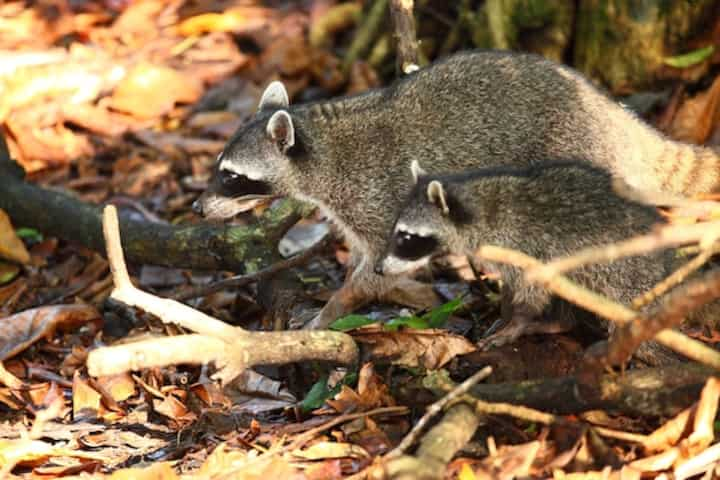
Expert Wildlife Management Services in Burlington
Wildlife management is an essential service for maintaining a harmonious balance between human development and the natural habitats of animals. In Burlington, the need for professional wildlife management services has become increasingly important due to urban expansion and the resulting human-wildlife conflicts. These services are vital in ensuring that wildlife is managed humanely and effectively while minimizing potential risks to human health and property.
Understanding Wildlife Management
Wildlife management involves a range of practices designed to conserve and control wildlife populations. These practices ensure that animals do not become nuisances or threats to human populations. Effective management is crucial for mitigating conflicts, preserving biodiversity, and ensuring the safety of both animals and humans.
Key Components of Wildlife Management
- Assessment and Monitoring: Regular surveys and monitoring help in understanding wildlife population dynamics and their interaction with human environments.
- Humane Removal and Relocation: When necessary, wildlife management services include the safe removal and relocation of animals to suitable habitats.
- Public Education: Educating the community about wildlife behavior and prevention methods to reduce human-wildlife conflicts.
- Habitat Modification: Altering human environments to make them less attractive to wildlife, thereby reducing the likelihood of conflict.
Challenges of Wildlife Management in Burlington
Burlington, with its unique blend of urban and natural landscapes, presents specific challenges for wildlife management. The city's growth has led to increased encounters between humans and wildlife, necessitating expert intervention. Some common issues include:
- Urban Encroachment: As urban areas expand, wildlife habitats are diminished, leading to increased human-wildlife interactions.
- Species-Specific Challenges: Certain species, such as raccoons and squirrels, are more adaptable to urban environments, often leading to nuisance situations.
- Public Safety Concerns: Wildlife can pose safety risks, particularly when they enter residential or commercial properties.
Read more about this topic at this link.
Solutions and Strategies
Effective wildlife management in Burlington requires a combination of strategies tailored to the local environment and wildlife species. These strategies are designed to address the challenges while promoting coexistence.
Preventative Measures
- Securing Property: Implementing measures such as fencing, sealing entry points, and securing garbage to deter wildlife from entering human spaces.
- Community Engagement: Encouraging community involvement in reporting wildlife sightings and participating in educational programs.
Learn more in this detailed guide about wildlife management strategies at this site.
Professional Intervention
In cases where wildlife becomes a significant problem, professional wildlife management services are indispensable. These services offer:
- Expert Assessment: Professionals conduct thorough assessments to determine the extent of wildlife presence and the necessary interventions.
- Humane Solutions: Employing humane methods for dealing with wildlife, ensuring that animals are not harmed in the process.
- Long-term Solutions: Providing solutions that not only address immediate issues but also prevent future occurrences.
Explore further insights here: Burlington Wildlife Management.
Conclusion
Expert wildlife management services in Burlington are crucial for fostering a balanced relationship between humans and wildlife. By employing a combination of preventative measures, community education, and professional intervention, Burlington can effectively manage its wildlife challenges. These efforts not only protect human interests and property but also ensure the conservation and humane treatment of wildlife populations.
Find additional information here: Wildlife Management Services.